How to Spot Signs Your Asphalt Roof Needs Repairs
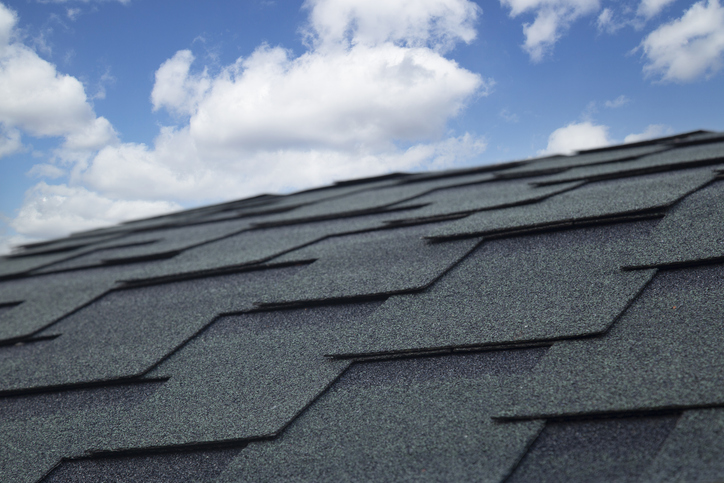
How to Spot Signs Your Asphalt Roof Needs Repairs
July 10, 2025
Your roof is one of the most essential parts of your home, protecting it from the elements year-round. But like any other part of your property, it requires care and maintenance. Ignoring minor issues with your asphalt roof can lead to costly repairs—or even a complete replacement—down the road. Knowing what signs to look for can help you catch damage early and keep your home safe and secure.
Here are the most common signs from our professional JM Roofing team that your asphalt roof may need repairs and why addressing them quickly can save you time, money, and stress.
1. Missing or Damaged Shingles
Shingles protect your roof from water and weather damage, but can loosen, crack, or disappear over time. A telltale sign of shingle trouble is finding them in your yard after a storm or noticing gaps, curling edges, or broken pieces on your roof. Missing or damaged shingles expose your roof, increasing the risk of leaks and further damage to the structure underneath.
What to Do
Inspect your roof from ground level—never climb up yourself. If you notice any shingle issues, contact a professional roofer to replace them before the next downpour strikes.
2. Water Leaks in Your Home
If you see water stains on your ceiling or walls, don’t dismiss them as minor issues. Water can seep through cracks caused by worn-out roofing materials, leading to leaks and mold. Even small leaks can snowball into more serious structural problems over time.
What to Do
Look for discolored patches or peeling paint on the interior of your home after heavy rain. This could be a sign that your roof needs urgent attention. Don’t hesitate to call an expert to locate and fix the source of the leak.
3. Granule Loss
Have you noticed small, pebble-like granules in your gutters or downspouts? Granules give your shingles their color and act as a protective layer against UV rays and impact. Over time, they wear away naturally, but excessive loss can leave your shingles vulnerable and shorten the lifespan of your roof.
How to Spot It
Inspect your gutters and look for granules after a storm. If the loss is significant or you notice bald patches on your shingles, it’s a clear indicator that your roof may need repairs.
4. Sagging Areas
Your roof should form a straight, even line. Seeing areas that seem to dip or sag could signify structural issues caused by trapped moisture or weakened materials. Sagging is often a sign of advanced damage and should be addressed immediately to avoid collapse.
What to Do
Check your roofline from a distance. If something seems off, contact a roofing specialist as soon as possible for a thorough assessment.
5. Mold, Mildew, or Algae Growth
When moisture gets trapped in certain spots, dark streaks or patches of green can develop on your roof. While this may seem like just a cosmetic problem, mold and mildew can weaken your roof’s integrity, causing further damage if left untreated.
How to Spot It
Examine shaded areas of your roof or spots where water tends to sit. Cleaning the surface can help temporarily, but professional repairs may be necessary if the growth is persistent.
Why Choose JM Roofing and Siding?
At JM Roofing and Siding, we understand the stress of preparing for storms and the aftermath they leave behind. With years of experience in roofing and siding installation, repairs, and inspections, we’re here to help safeguard your home. Our team uses high-quality materials designed to withstand the toughest conditions, offering durable, long-lasting protection.
Get in touch with us today for professional roofing solutions!
Recent News
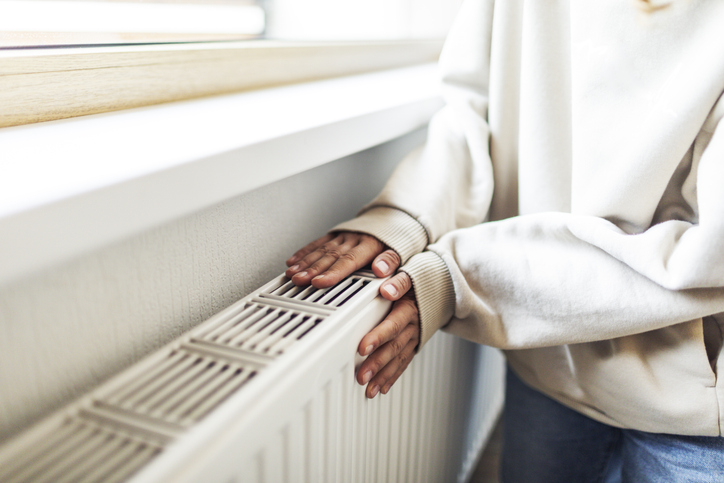
Energy-Efficient Roofing and Siding Options to Lower Your Winter Heating Bills
December 9, 2025

How Snow and Ice Can Damage Your Roof
December 5, 2025
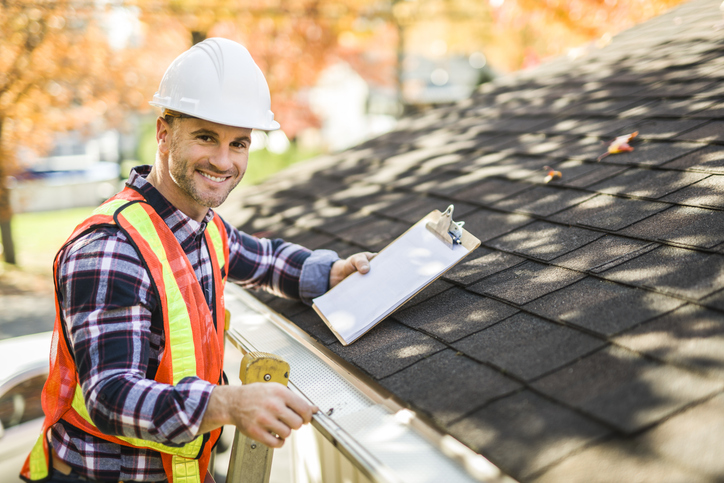
The Best Time to Schedule Roof Repairs: Why Autumn Is Not Too Late
November 20, 2025
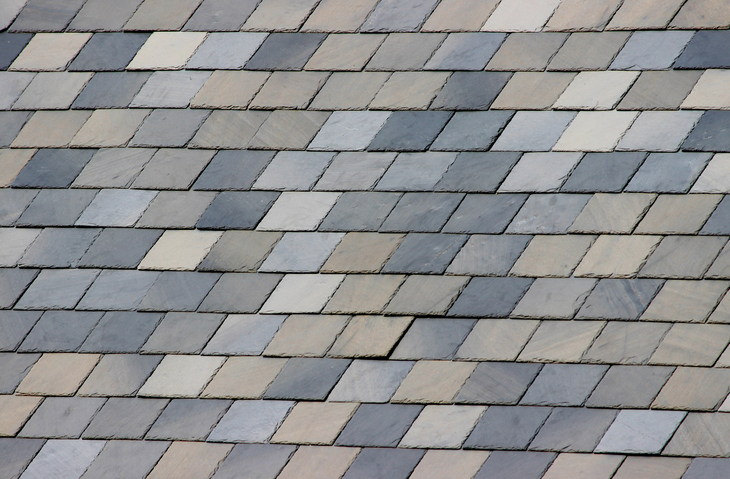
Common Signs Your Slate Roof Needs Repair
November 18, 2025

How to Maintain Your Gutters Year-Round & Avoid Water Damage
November 13, 2025
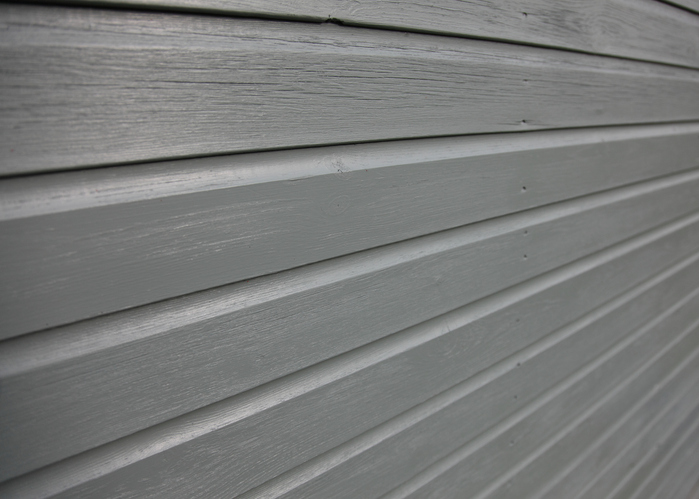
How New Siding Can Increase Your Home’s Value & Energy Efficiency
November 5, 2025


